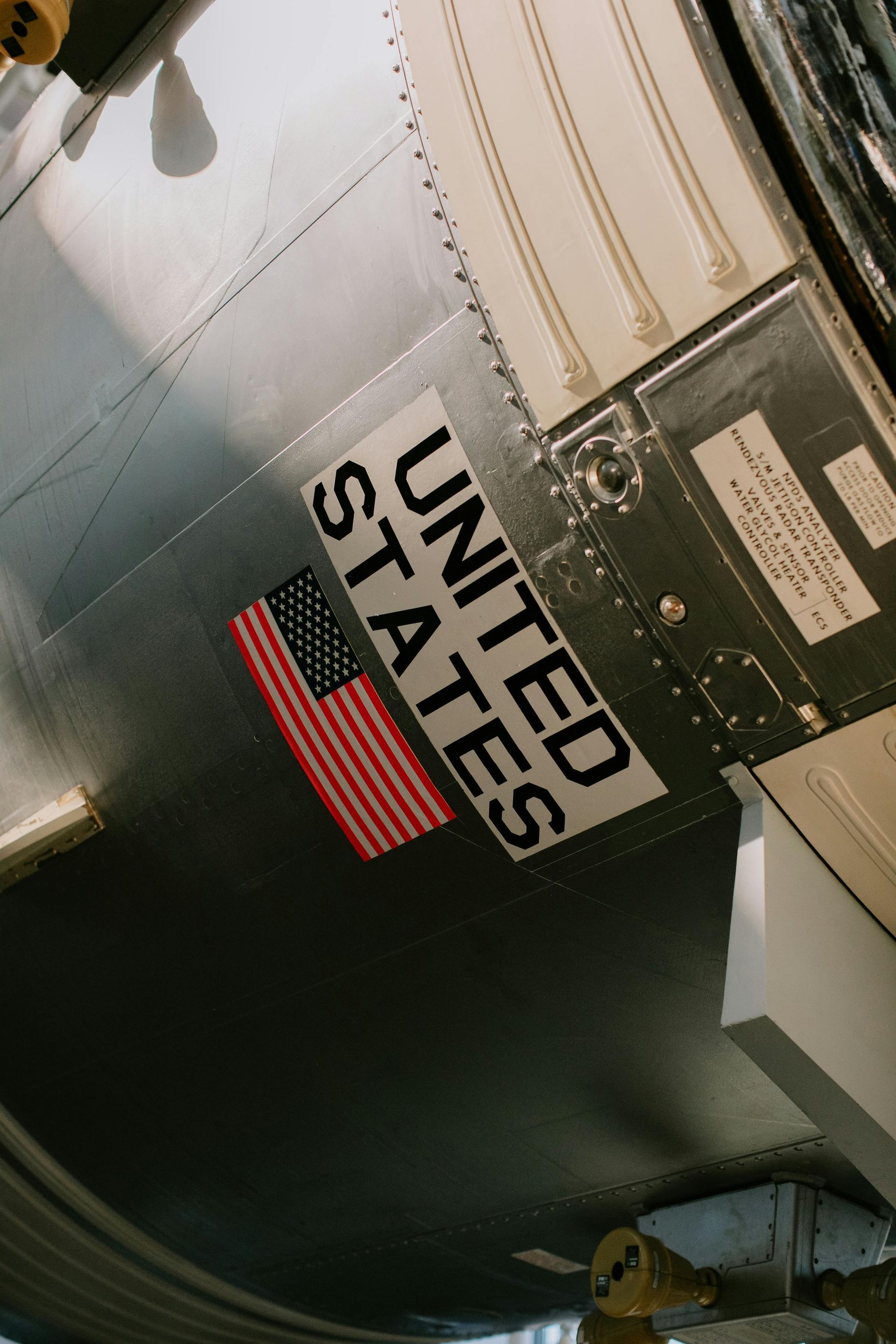How does the polar vortex spinning backwards affect weather patterns?
THE VIDEO - HOW DOES THE POLAR VORTEX SPINNING BACKWARDS AFFECT WEATHER PATTERNS?
How does the polar vortex spinning backwards affect weather patterns?
- What regions are most likely to be impacted by the backwards-spinning polar vortex?
The polar vortex above the Arctic is currently experiencing a major reversal event, causing it to spin in the opposite direction. This unexpected change in the upper atmosphere has resulted in a record-breaking "ozone spike" above the North Pole. The polar vortex, a rotating mass of cold air that circles the Arctic, plays a crucial role in influencing weather patterns across the Northern Hemisphere.
The reversal event, which began on March 4, is one of the most extreme atmospheric U-turns seen in recent times. While disruptions to the polar vortex have previously led to extremely cold weather and storms in the U.S., this particular reversal is not expected to result in a significant impact on weather patterns. The sudden warming in the stratosphere, known as sudden stratospheric warming (SSW), is caused by "planetary waves" in the atmosphere.
Although the vortex's direction is currently reversed, the wind speeds are starting to slow down, indicating that it will likely return to its normal trajectory soon. The event is among the top six on record in terms of wind speed. Changes to the polar vortex can affect the jet stream, which in turn influences weather patterns across the globe.
Overall, while the current reversal event in the Arctic is significant, it is not expected to cause major disruptions to weather patterns.
However, the temporary ozone spike above the North Pole is noteworthy, as it has led to more ozone surrounding the Arctic than in any other year on record. This reversal event is the second of its kind this year, following a smaller event in January that caused a brief cold snap in some states. With the ongoing El Niño phase, further reversals or disruptions may occur in the coming year.









